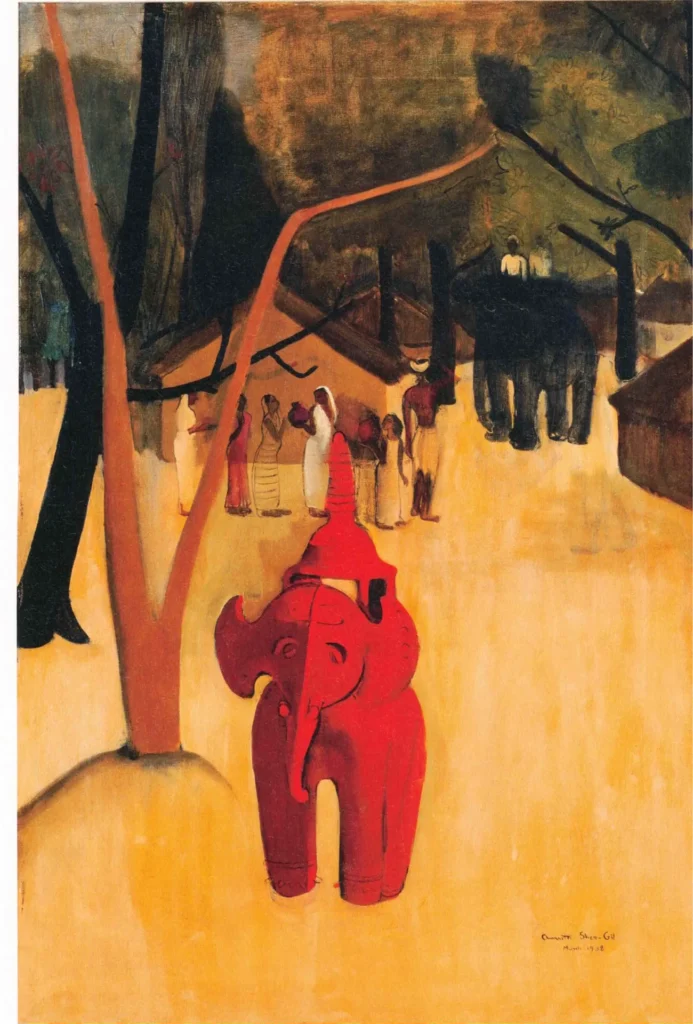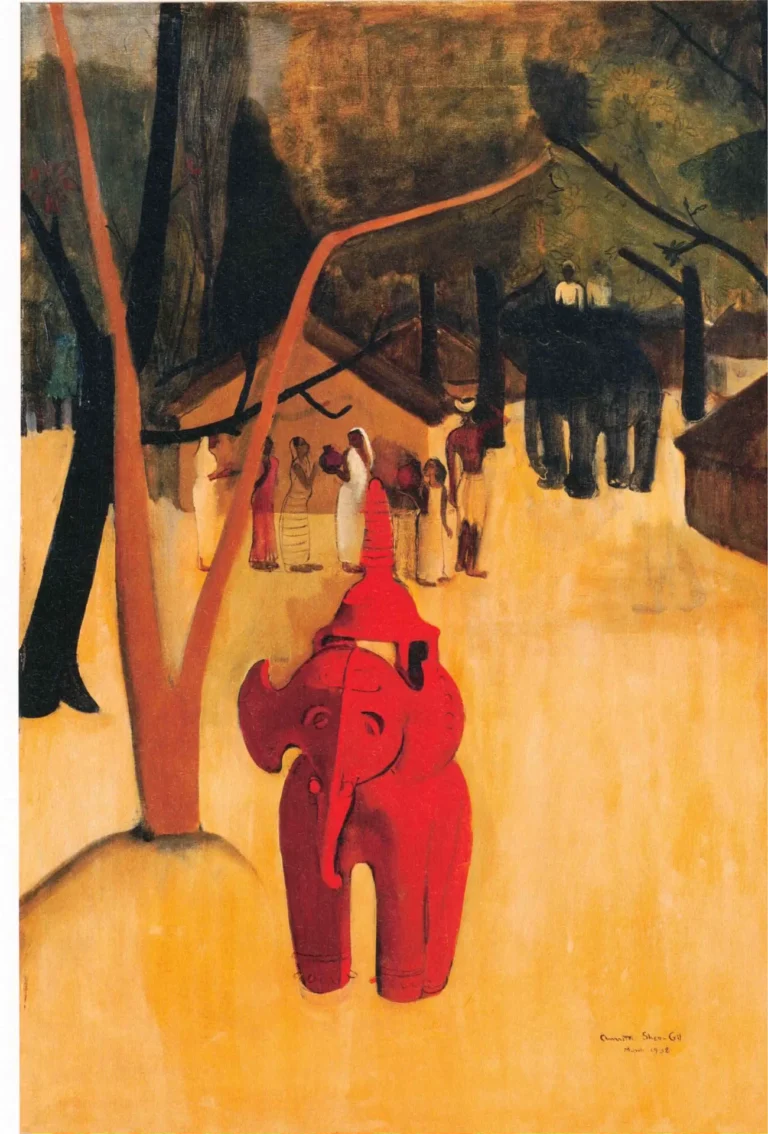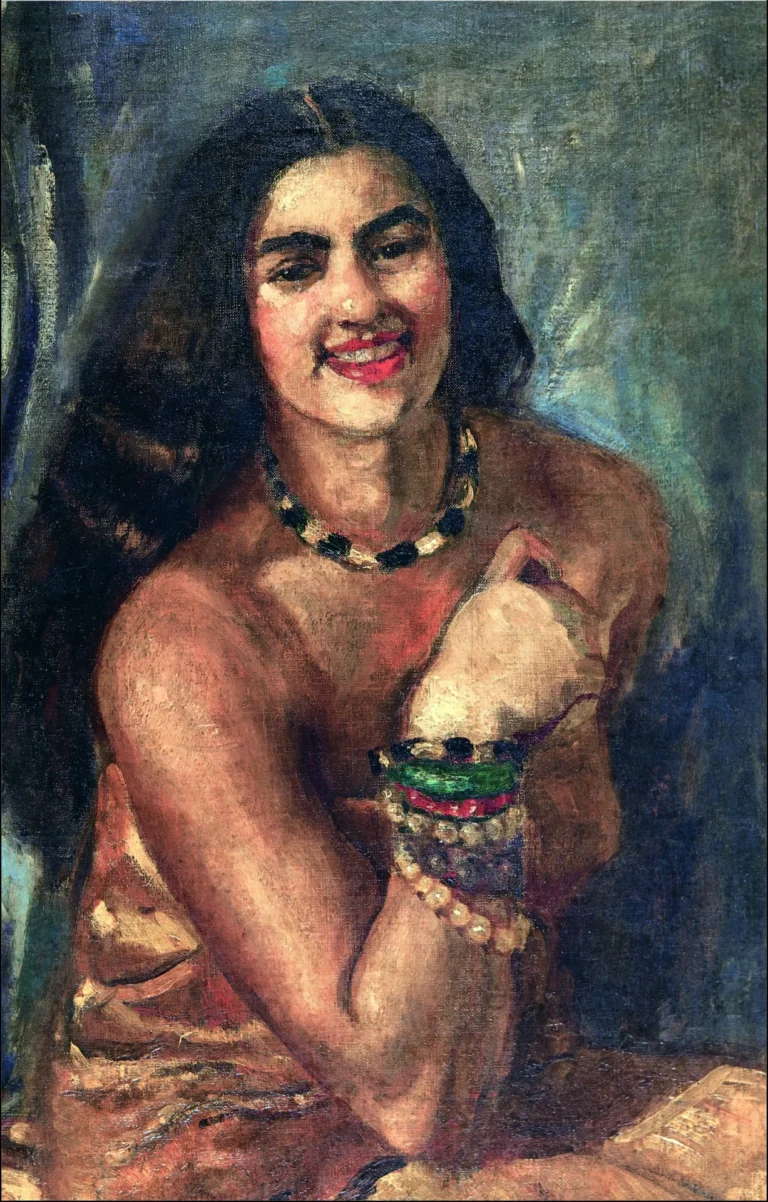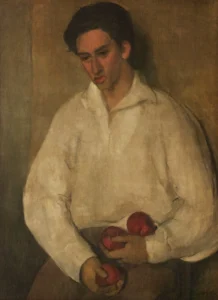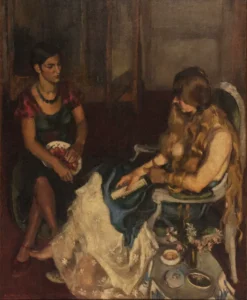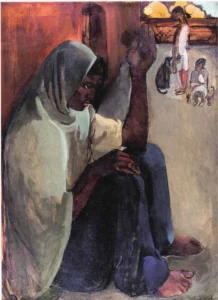Red Clay Elephant (1938)
Amrita Sher-Gil's Red Clay Elephant is a striking painting that captures the essence of her artistic journey. Created in 1938, it signifies her transition from depicting realistic scenes of everyday life to embracing stylized representations influenced by Mughal miniature painting. The vibrant color palette with a bright yellow foreground and the use of bold lines exemplifies her shift towards a more expressive approach. This piece is emblematic of her artistic relationship with Indian culture, merging traditional elements with Sher-Gil's unique vision.
Year 1938
About the Artwork
Did You Know
Liked what you see? Add it to your collection.
Enjoyed reading? Share it.
... continued
Influence and Style
Red Clay Elephant reflects the growing influence of Mughal miniature paintings on Sher-Gil's work. During this period, she became increasingly interested in these miniatures, which led to a shift in her style towards smaller, more stylized, and flat relief compositions. This painting is characterized by strong lines and vivid colors, a trait that became more pronounced in her later works.
Color and Composition
The painting features a vibrant color contrast, with a yellow foreground, red clay, and a dark background. This use of color is typical of Sher-Gil's later works, where she favored bright and vivid hues inspired by Indian miniature paintings and the Ajanta murals.
Subject Matter
Red Clay Elephant marks a departure from the realism seen in many of her earlier paintings, particularly those depicting the lives of the Indian poor. Instead, it focuses on an animal subject, which was a new direction in her work during this time. Other paintings from this period, such as "Bathing Elephants" and her unfinished final work, also feature animal subjects.
Artistic Development
This painting is part of Sher-Gil's artistic evolution, where she moved away from European influences and embraced Indian art forms more deeply. Her work during this period was characterized by a blend of different artistic traditions, including the fluid lines and rich colors of the Ajanta murals and the bright hues of Rajput and Pahari miniatures.




